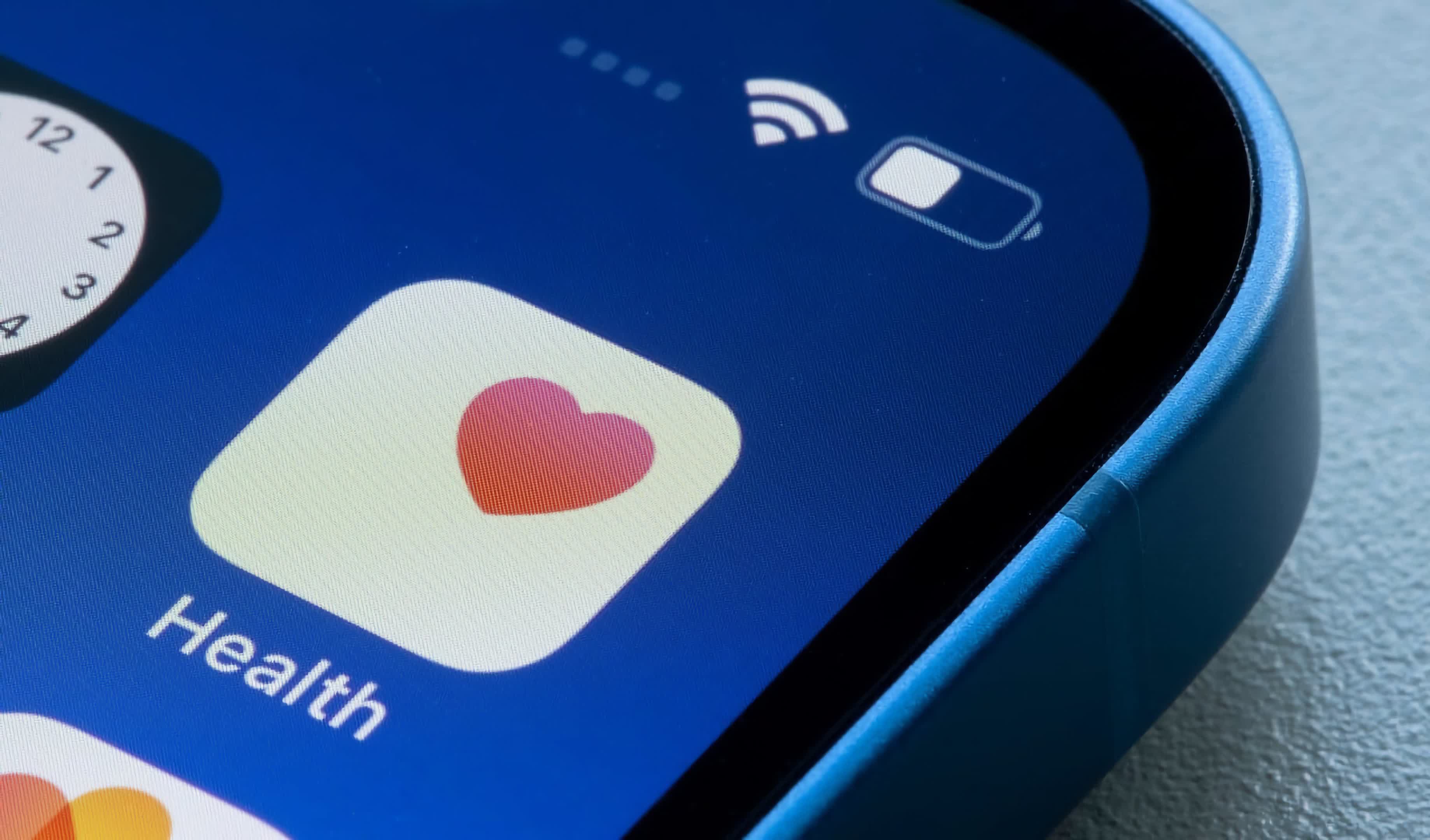In brief: Battery life remains a top concern for smartphone and portable device users. While researchers actively explore alternatives to lithium-ion, manufacturers often rely on software-based solutions to boost efficiency. A recent study suggests that anxiety over remaining battery life sets in surprisingly early – especially among younger users.

An online survey by Talker Research found that Americans begin worrying about phone battery life when it hits 38 percent on average. Some might view that threshold as conservative since it reflects over a third of the remaining charge. For example, iPhones typically do not issue a warning until the battery drops below 20 percent.
Among the 2,000 American respondents, most reported panicking well before Apple's 20 percent warning. That popup, which suggests enabling low power mode, served as a guideline for 34 percent of users. The least anxious group, comprising 13 percent, doesn't consider finding a charger until the battery drops below 10 percent. Meanwhile, 24 percent of survey participants feel uneasy before reaching the halfway mark.

Talker Research also found that older generations are progressively less concerned about battery life. Millennials and Generation Z (born after 1981) begin to worry when their phones hit 43 percent on average, followed by Generation X (1965 to 1980) at 38 percent. Boomers (born between 1946 and 1964) don't start feeling anxious until their phones drop to 34 percent.
The study also indicated that most respondents (61 percent) choose to display the exact percentage on their battery-life indicator. The remaining 39 percent prefer the simpler battery bars icon.
Declining battery health is a primary source of anxiety for smartphone users. Although manufacturers haven't found a way to prevent lithium-ion batteries from degrading over time, software adjustments have helped mitigate the issue to some extent.
For example, Apple's optimized charging mode limits charging above 80 percent to extend long-term battery health. Meanwhile, Google's new Pixel 9a phone automatically decreases maximum battery life after every 200 charge cycles to minimize the effects of inevitable battery degradation.
External battery packs are a popular physical solution, but Oukitel's recently introduced WP100 Titan smartphone adds more capacity through internal hardware. The bulky device features a massive 33,000 mAh battery, trading compactness for ruggedness and extended functionality. It can handle various functions for dozens of hours and last for months in standby mode.
Survey reveals most people panic when their phone battery drops to 38%